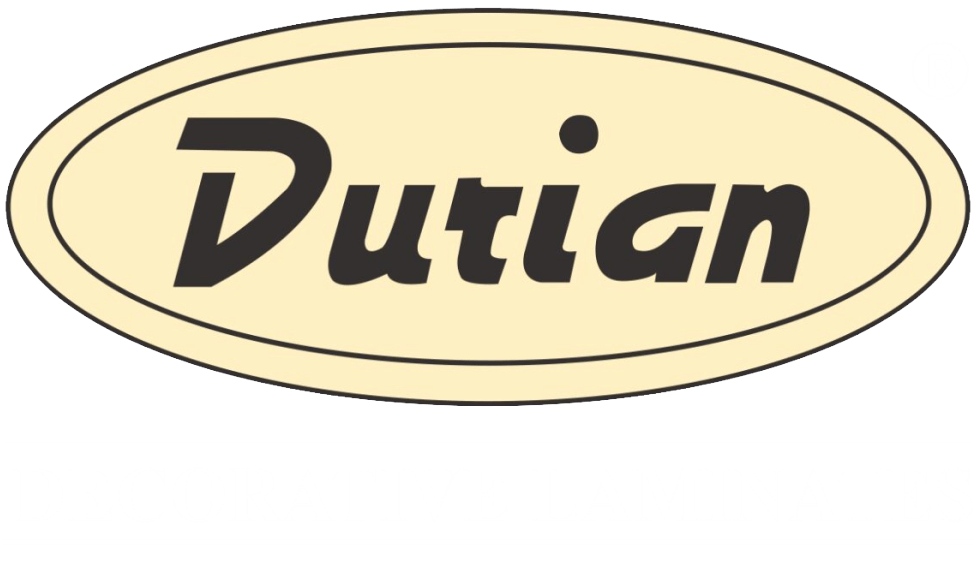1. Introduction
Decorative laminates have become a popular choice for interior design and furniture applications due to their versatility, durability, and aesthetic appeal. Homeowners and designers often gravitate towards them because they offer a wide range of colors, patterns, and textures that can mimic natural materials at a fraction of the cost. One crucial aspect that concerns potential buyers is the water resistance of decorative laminates. In this article, we will explore the characteristics of water-resistant laminates and where they excel in various applications.
2. What Are Decorative Laminates?
Decorative laminates are composite materials used to surface various substrates like plywood, MDF (Medium-Density Fiberboard), or particleboard. They are created by pressing layers of paper or plastic together with a decorative layer on top that replicates the appearance of wood, stone, or other materials.
3. The Composition of Decorative Laminates
To understand their water resistance, it is essential to grasp the composition of decorative laminates. The top layer is a decorative sheet impregnated with melamine or phenolic resins, while the core layers consist of kraft paper soaked in phenolic resins. The bottom layer is typically kraft paper treated with melamine or phenolic resins for stabilization.
4. Water Resistance and Decorative Laminates
4.1 How Water-Resistant Are Decorative Laminates?
Decorative laminates are naturally water-resistant to some extent. However, the level of water resistance depends on the quality of the laminate and the manufacturing process.
4.2 What Makes Decorative Laminates Water-Resistant?
The water resistance of decorative laminates comes from the impregnation of resin in the layers during the manufacturing process. This makes the laminate less susceptible to water damage and moisture infiltration.
5. Understanding the Manufacturing Process
Decorative laminates are primarily classified into three types based on the manufacturing process:
5.1 High-Pressure Laminates (HPL)
HPL involves high pressure and high temperature during the lamination process, resulting in a highly durable and water-resistant product.
5.2 Continuous Pressure Laminates (CPL)
CPL is manufactured by applying pressure continuously, providing moderate water resistance compared to HPL.
5.3 Direct Pressure Laminates (DPL)
DPL is made by applying pressure directly to the layers, making it less water-resistant than HPL or CPL.
6. Advantages of Water Resistance in Decorative Laminates
6.1 Ideal for Kitchen and Bathroom Spaces
The water-resistant properties of laminates make them an ideal choice for kitchen and bathroom countertops, cabinets, and furniture.
6.2 Protecting Against Spills and Splashes
In busy households, spills and splashes are inevitable. Water-resistant laminates provide a protective barrier, preventing liquids from seeping into the material.
7. Limitations of Water-Resistant Decorative Laminates
7.1 Submersion and Prolonged Exposure to Water
Despite their water resistance, decorative laminates are not meant for submersion or prolonged exposure to water. Extended contact with water can lead to swelling or delamination.
7.2 Joint Sealing and Maintenance
Properly sealing the joints and edges of water-resistant laminates is crucial to prevent water penetration. Maintenance, such as wiping off excess water, is necessary to ensure longevity.
8. Comparing Water-Resistant Laminates to Other Materials
8.1 Laminate vs. Veneer
Laminates offer better water resistance than veneers, making them more suitable for areas prone to moisture.
8.2 Laminate vs. Solid Wood
Solid wood is more susceptible to water damage compared to water-resistant laminates, making the latter a preferred choice for certain applications.
8.3 Laminate vs. Ceramic Tiles
Ceramic tiles have excellent water resistance, but laminates can be a more cost-effective and visually appealing alternative.
9. Tips for Maintenance and Care
9.1 Cleaning and Stain Removal
Regularly cleaning laminates with a damp cloth and mild soap helps maintain their water-resistant properties. Stains can be removed with gentle cleaners.
9.2 Preventive Measures
Using coasters, trivets, and placemats can prevent water damage to laminates, prolonging their life.
10. Common Myths and Misconceptions
10.1 Waterproof vs. Water-Resistant
Many people confuse waterproof with water-resistant. While laminates are water-resistant, they are not entirely waterproof.
10.2 Not Suitable for Outdoor Use
Water-resistant laminates can withstand occasional spills, but they are not designed for constant exposure to outdoor elements.
10.3 The Impact of Moisture on Durability
High humidity or water exposure can affect the long-term durability of laminates, necessitating proper care.
11. Where to Use Water-Resistant Decorative Laminates
11.1 Residential Applications
Laminates are excellent for kitchens, bathrooms, living rooms, and bedrooms in residential properties.
11.2 Commercial Applications
In commercial spaces like offices, hotels, and restaurants, water-resistant laminates are a practical choice for furniture and countertops.
12. DIY Installation vs. Professional Installation
12.1 Pros and Cons
While DIY installation can be cost-effective, professional installation ensures precise fitting and proper sealing for better water resistance.
12.2 Ensuring Proper Sealing
Proper sealing of edges and joints is essential for maximizing the water resistance of decorative laminates.
13. Conclusion
Decorative laminates with water-resistant properties provide an attractive and durable solution for various interior applications. Their ability to withstand water and moisture makes them an excellent choice for kitchen and bathroom spaces, protecting furniture and surfaces from everyday spills and splashes. However, it’s essential to remember that while they are water-resistant, they are not entirely waterproof. Regular maintenance, proper sealing, and preventive measures will ensure the longevity of water-resistant laminates, making them a valuable addition to any residential or commercial setting.


No Comments